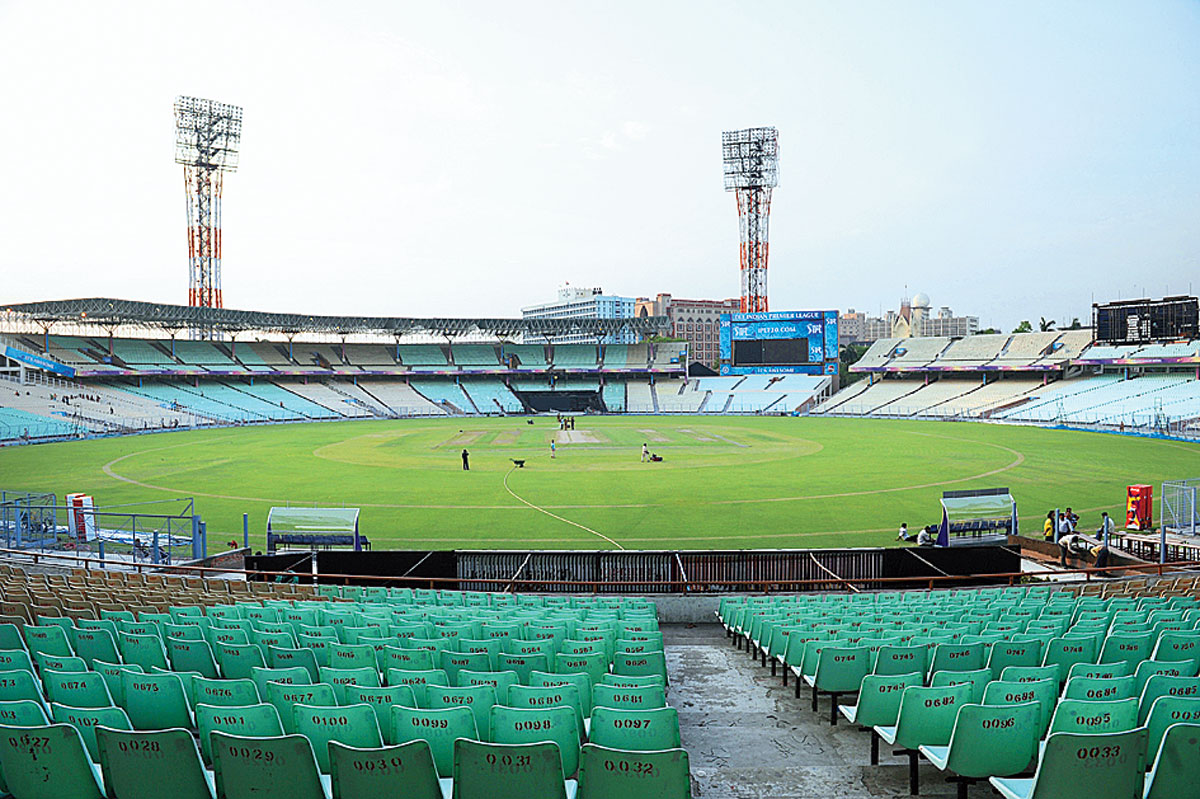The Eden Gardens pitch will assist fast bowlers when Virat Kohli and Co. face Bangladesh in the second Test from November 22. The match is expected to be India’s first-ever Day-Night pink-ball Test.
In June 2016, the Eden had hosted India’s first pink-ball multi-day game — the CAB Super League final between Mohun Bagan and Bhowanipore Club. In that game too, quicks picked up most of the wickets with India spearhead Mohammed Shami, representing Bagan, taking a five-for in the first innings and finishing with a match haul of seven wickets.
Daljit Singh, former head of the BCCI’s panel of curators, explained: “Playing with the pink ball on a normal wicket makes it dirty. So normally, a greater amount of grass is left on the pitch in case of Day-Night pink-ball matches.
“We tried that in the Duleep Trophy, keeping bigger grass content so that the ball doesn’t become dirty easily. Because of that, seam bowling finds more assistance especially in the first three days of the game.”
According to who now heads the Board’s panel of curators, the nature of the Eden soil does not allow it to crumble, implying spinners won’t be getting much help. “Actually, the soil at Eden Gardens is such that it won’t crumble. So naturally, spinners won’t get much help.
“Even in domestic cricket in the recent past, we haven’t quite seen spinners dominating at the Eden. That’s mainly because of the nature of the soil and its mineralogy,” Bhowmick told The Telegraph on Sunday.
One can thus certainly gauge how the wicket for the November 22-26 Test is going to behave, but pitches in India will now be having more of science behind their preparation than the traditional method.
“We’re focusing on the science behind pitch preparation… Shifting a bit from the traditional way of preparing a pitch with extra focus on scientific methods...” Bhowmick emphasised.
“Every ground has its own features and characteristics. Weather conditions also vary from one venue to the other. For instance, the soil in Ranchi and weather vary from those of Calcutta or say Cuttack.
“Previously, the traditional method used to be followed in all centres, which was all about watering the pitch, rolling and so on. The temperatures of Cuttack and Calcutta vary. In Cuttack, humidity is less compared to how it is in Calcutta. But even if temperatures of the two cities happen to be the same, the evaporation rate will differ.
“So, taking factors such as this and weather conditions into account, the watering system will go ahead. In Ranchi, it’s a little colder while the soil too obviously varies. So, the water-holding capacity then has to be considered.”










